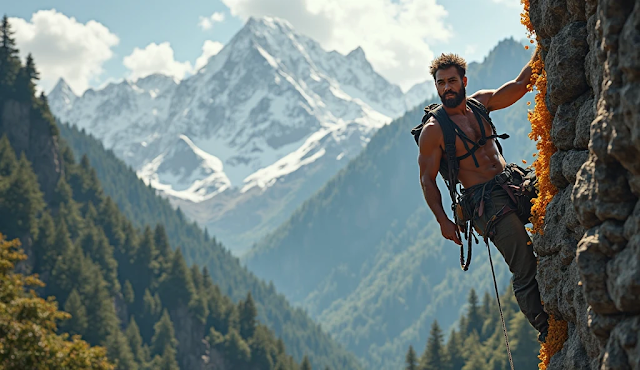The Origins of the Word “Picnic”
The term “picnic” derives from the French pique-nique, first recorded in 1692. Breaking it down:
Pique: “To pick” or “peck” (as in eating lightly).
Nique: A rhyming suffix with no direct meaning.
Initially, it described indoor social gatherings where guests contributed dishes—a far cry from today’s outdoor meals.
Picnics in the 18th Century: A French Affair
Aristocratic Beginnings: French elites hosted pique-niques as potluck-style salons, blending dining with music, games, and intellectual debate.
Post-Revolution Evolution: After the French Revolution (1789), displaced aristocrats spread the concept to England, where it gained a rustic twist.
The Victorian Era: Picnics Go Public
The 19th century saw picnics democratize, fueled by:
Industrial Revolution: Rising middle-class leisure time and disposable income.
Railways: Trains made countryside escapes accessible.
Romanticism: A cultural obsession with nature and pastoral beauty.
Iconic Victorian Picnic Gear
Wicker baskets with fitted china and silverware.
Elaborate menus: Cold meats, pies, and champagne.
Literature Influence: Jane Austen and Charles Dickens often romanticized picnics in novels like Emma and The Pickwick Papers.
Picnics in America: From Pioneers to Pop Culture
Colonial Roots: Early settlers held “church socials” and political rallies outdoors.
Westward Expansion: Pioneers packed practical “roadside meals” during migrations.
Golden Age (Late 1800s):
Central Park (1858) and urban greenspaces popularized public picnicking.
The 1904 World’s Fair in St. Louis introduced the “ice cream cone,” a picnic staple.
20th-Century Shifts:
Car Culture: Drive-ins and roadside picnics boomed in the 1950s.
Civil Rights: Picnics became acts of community solidarity, like 1960s “freedom lunches” protesting segregation.
Global Picnic Traditions
Japan: Hanami (cherry blossom picnics) date back to the 8th-century Heian period.
India: Mughal emperors hosted elaborate shikar (hunting) picnics with curated menus.
Australia: “BYO” barbecues in parks and beaches are a national pastime.
Picnics in Art and Media
Paintings: Édouard Manet’s Le Déjeuner sur l’herbe (1863) shocked Paris with its casual outdoor nude scene.
Film: Iconic picnic scenes in To Kill a Mockingbird and The Sound of Music.
Music: Songs like “Picnic” by The Temprees and “Summer Picnic” by Strawberry Alarm Clock.
The Modern Picnic: From Minimalist to Luxe
Post-WWII Simplicity: Postwar austerity made picnics humble (think sandwiches and thermoses).
21st-Century Trends:
Instagrammable Spreads: Charcuterie boards, mason jar salads, and vegan fare.
Glamping Picnics: Companies offer curated setups with rugs, pillows, and gourmet meals.
Eco-Consciousness: Reusable utensils and zero-waste practices.
Fun Facts About Picnics
The world’s largest picnic involved 20,000 people in Portugal (2009).
National Picnic Day is celebrated on April 23 in the U.S.
The “Picnic” horror trope (e.g., The Texas Chain Saw Massacre) subverts the tradition’s innocence.
FAQs About Picnic History
Did picnics exist in ancient times?
Yes! Romans dined alfresco during festivals, and Medieval Europeans held “feast days” outdoors.
Why are ants associated with picnics?
The trope began in 20th-century cartoons, symbolizing nature’s intrusion on human leisure.
What’s the most expensive picnic ever?
A Dubai-based company offers a $1 million package with caviar, truffles, and private yacht access.
Conclusion: The Enduring Appeal of Picnics
From French salons to TikTok trends, picnics have continually adapted to reflect societal values—whether as displays of wealth, acts of rebellion, or celebrations of simplicity. As long as there’s sunshine and a patch of grass, the picnic will endure as a universal ritual of joy.









0 Comments